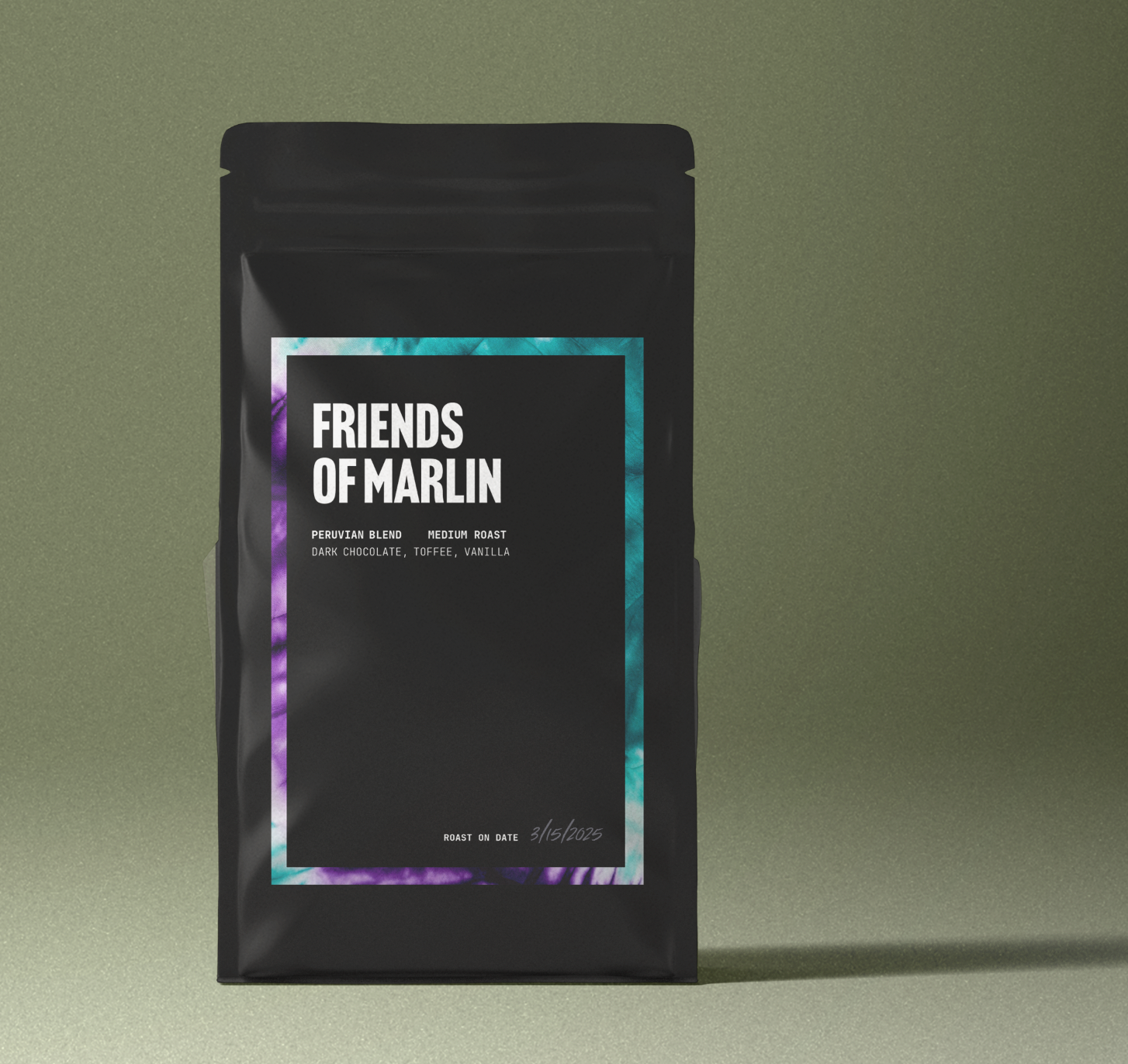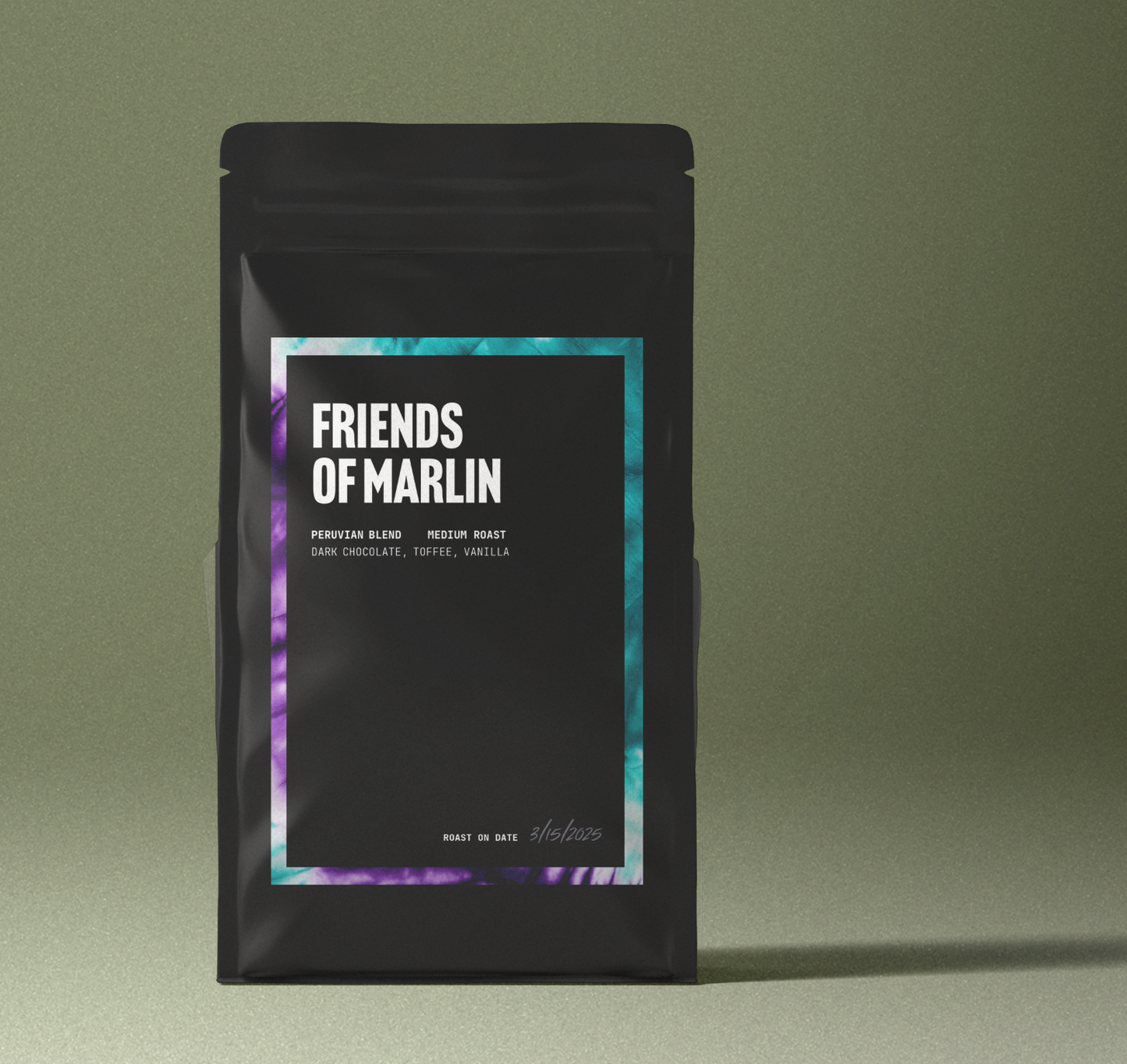
The Pros and Cons of Storing Coffee Beans in the Freezer
Share
Why the Freezer Debate Won’t Die
Walk into any specialty café and you’ll hear baristas debating freezer storage like sports fans arguing playoff picks. Some swear by cryogenic temperatures as the ultimate freshness hack, while others treat frozen beans as sacrilege. The debate endures because both sides have legitimate points—and because coffee’s chemistry is fickle, responding dramatically to environment, handling, and time.
This article unpacks the science, myth, and practical experience behind freezing coffee beans. You’ll learn:
- How coffee ages and what really causes “stale” flavor.
- Pros of freezer storage—shelf‑life, convenience, budget benefits, and more.
- Cons—condensation, aroma loss, freezer burn, and workflow hassles.
- Best‑practice protocols if you decide freezing is right for you.
- A balanced verdict to help you decide based on your brewing habits, climate, and budget.
By the end, you’ll understand not just whether you can freeze coffee beans, but whether you should.
Part 1: The Science of Coffee Freshness
1.1 Roast Degassing and Staling
Freshly roasted beans release CO₂ in a process called degassing. This gas forms a protective blanket against oxygen for several days. As CO₂ escapes, beans become vulnerable to:
- Oxidation: Oxygen reacts with aromatic compounds, flattening flavor.
- Volatilization: Delicate aromas literally drift away.
- Moisture exchange: Beans absorb ambient humidity, accelerating rancidity of oils.
- Photodegradation: Light breaks down chlorogenic acids and aromatics.
At room temperature, peak flavor often appears between days 4‑14 post‑roast (varies by roast level). After three to four weeks, most specialty beans taste muted—even in airtight bags—unless drastic preservation steps are taken.
1.2 Temperature and Reaction Rates
Chemical reactions slow roughly by half for every 10 °C drop in temperature (Arrhenius rule of thumb). Freezing at −18 °C (0 °F) slashes staling reactions to a crawl—if oxygen and moisture are excluded.

Part 2: Pros of Freezing Coffee Beans
2.1 Extended Shelf Life
The big win: properly frozen beans can taste nearly as vibrant six months later as they did at week two. That’s because low temperatures arrest:
- Oxidative rancidity of lipids, preventing “cardboard” notes.
- Enzymatic browning that darkens and dulls flavor.
- Volatile loss, keeping florals and fruit intact.
For home brewers who buy rare or limited‑release coffees, freezing is the only realistic way to stretch enjoyment over months.
2.2 Bulk Purchasing and Budget Savings
Specialty beans often come in 12‑ to 16‑ounce bags at $18‑$25. Buying multi‑pound wholesale bags cuts cost by 20‑40 %. Freezing portions lets you capture savings without sacrificing freshness.
2.3 Inventory Variety
Coffee geeks crave variety: Ethiopian natural one day, Guatemalan washed the next. Freezing small parcels (say, 50 g each) means you can rotate origins daily without watching half‑empty bags stale on the counter.
2.4 Climate Control for Hot, Humid Regions
In tropical climates, ambient temps of 85 °F and 80 % humidity accelerate staling and mold risk. Freezers provide a dry, stable refuge.
2.5 Workflow Consistency for Espresso
High‑volume cafés sometimes freeze beans for espresso competition practice. A frozen “reference” lot ensures flavor calibration weeks later. When thawed and dialed in, shot parameters match previous sessions closely—vital for training and sensory calibration.
2.6 Emergency Backup
Ever wake up to an empty bag on a holiday when roasters are closed? Frozen reserves rescue mornings (and relationships).

Part 3: Cons of Freezing Coffee Beans
3.1 Moisture Condensation and Ice Crystals
The chief enemy is water. When you remove beans from a freezer, warmer air can condense on cold surfaces, creating micro‑moisture that:
- Softens cell walls, altering grind uniformity.
- Dissolves CO₂, changing extraction dynamics.
- Acts as a solvent for lipids, hastening rancid flavors once re‑frozen.
If the bag isn’t perfectly sealed, ambient freezer humidity can form ice crystals on beans—freezer burn for coffee.
3.2 Aroma Absorption
Coffee is hygroscopic and odor‑scopic. Unprotected beans suck in stray smells—last night’s garlic pizza, open bag of salmon, or that dubious container of curry. Even “odorless” freezers harbor volatile compounds that cling to porous bean surfaces.
3.3 Cell Structure Stress
Rapid freezing expands trapped water in micro‑pores, risking tiny fractures in the cellulose matrix. When you grind, shattering may produce extra fines, increasing bitterness or clogging espresso baskets. The effect is subtle but measurable on particle‑size analyzers.
3.4 Workflow Hassle
- Portioning: You must divide beans into airtight, one‑brew packets.
- Labeling: Date, roast, and origin info must be tracked.
- Thawing discipline: Opening and re‑freezing the same bag repeatedly causes moisture cycles that accelerate staling more than never freezing at all.
3.5 Equipment Shock
Grinding beans straight from the freezer keeps burrs cooler (a pro) but can chill the grinder chamber, leading to condensation inside the grinder—not something you want near steel burrs and electrical parts.
3.6 Energy Footprint
Running an extra chest freezer solely for coffee adds environmental and utility costs. If sustainability is central to your coffee ethos, weigh this impact.
3.7 Not a Cure‑All for Old Beans
Freezing cannot reverse staling. If you freeze beans three weeks after roast, you lock in their already diminished state. Only early freezing (within 7‑10 days of roast) preserves peak flavor.
Part 4: Best‑Practice Protocol for Freezing Coffee
If you decide the benefits outweigh the drawbacks, follow these steps to mitigate risks.
4.1 Timing: Freeze Early, Not Immediately
Allow beans to degas for 24‑48 hours post‑roast to prevent CO₂‑induced bag inflation. Then portion and freeze before day 7.
4.2 Portioning Strategy
- Choose serving size: 18‑20 g for a pour‑over, 100 g for a weekend Chemex, 250 g for a week of espresso.
-
Use quality barriers:
- Vacuum‑sealed mylar pouches with one‑way valves.
- Mason jars purged with CO₂ or nitrogen, then vacuum‑sealed.
- High‑density polyethylene (HDPE) zip bags with minimal headspace and a double seal.
- Label with roast date, freeze date, origin, and dose.

4.3 Temperature and Location
- Target −18 °C (0 °F) or colder.
- Place packets in the back or bottom to avoid temperature swings from door openings.
- Avoid auto‑defrost freezers if possible; they cycle warm air that can create condensation inside bags.
4.4 Thawing and Use
- Single‑use rule: Remove only what you will brew immediately.
- Room‑temp equilibration: Let the sealed packet warm for 10‑20 minutes before opening. This prevents surface condensation.
- Grind adjustments: Frozen beans tend to grind slightly finer. If you grind while still chilled, open your grinder’s setting by 1‑2 clicks for pour‑over or 1‑2 microns for espresso.
- Discard re‑freezing temptation: Never return thawed beans to the freezer.
4.5 Alternative: Refrigeration?
Refrigerators (4 °C / 39 °F) seem a middle ground but are usually worse: not cold enough to arrest staling, yet cold enough for condensation. Plus, fridge odors are often stronger than freezer odors. For most, fridge storage is a lose‑lose.
Part 5: Frequently Asked Questions
Q: Can I freeze pre‑ground coffee?
Technically yes, but oxygen exposure during grinding causes such rapid aroma loss that freezing offers marginal benefit.Buy whole bean whenever possible.
Q: Does roast level matter?
Dark roasts contain more surface oils, which oxidize faster but also form a moisture‑resistant barrier. Light roasts have more intact cellular structure, making them slightly less vulnerable to freezer damage. Either way, airtight packaging is key.
Q: Will freezing affect crema in espresso?
If properly thawed, crema volume is largely unchanged, though CO₂ solubility at low temperatures can reduce bubble stability. You may need to pull the first shot a tad longer to compensate.
Q: What about nitro‑flushed, shelf‑stable retail bags?
Those industrial methods (e.g., one‑way valve, nitrogen flush) already extend shelf life. Freezing unopened retail bags offers marginal gains and increases condensation risk once opened. Freeze only after opening and portioning.
Part 6: The Balanced Verdict
6.1 When Freezing Makes Sense
- You live far from quality roasters and buy in bulk.
- You drink small amounts but want a rotation of origins.
- You score rare microlots and want to savor them gradually.
- You reside in hot, humid climates where pantry storage is disastrous.
- You’re a barista competitor needing flavor consistency over weeks.
6.2 When to Skip the Freezer
- You finish a 12‑oz bag within 7‑10 days.
- You dislike extra workflow steps.
- Your freezer space is limited or shared with strong‑smelling foods.
- Environmental impact and energy use are top priorities.
- You lack airtight, moisture‑proof packaging tools.
6.3 Middle‑Ground Strategies
- Smaller, more frequent purchases: Buy 250 g every week rather than 1 kg monthly.
- Shelf‑stable beans: Look for roasters using nitrogen‑flushed cans or high‑barrier bags.
- Cool, dark pantry: If your home stays below 68 °F and you keep beans in an opaque, airtight container, you can maintain good flavor for 2‑3 weeks—often good enough for most palates.

Conclusion: Customize Your Cold Storage Strategy
Freezing coffee beans isn’t a universal mandate or a reckless sin; it’s a tool. Like any tool, its value depends on context. Understand the science—oxygen, moisture, temperature—and weigh it against your lifestyle.
If you decide to freeze, commit fully: airtight portioning, early freeze dates, disciplined one‑and‑done thawing. Do it right and you’ll unlock months of peak‑flavor enjoyment, broaden your coffee repertoire, and maybe even save some cash.
If you’d rather skip the hassle, keep buying fresh, store smartly at room temperature, and savor beans while their natural vibrancy is at its zenith. Either way, the ultimate goal remains the same: a cup that makes you pause mid‑sip and think, “Wow, that’s good coffee.”
Happy brewing—and may your beans, frozen or fresh, always bring joy to your cup.

